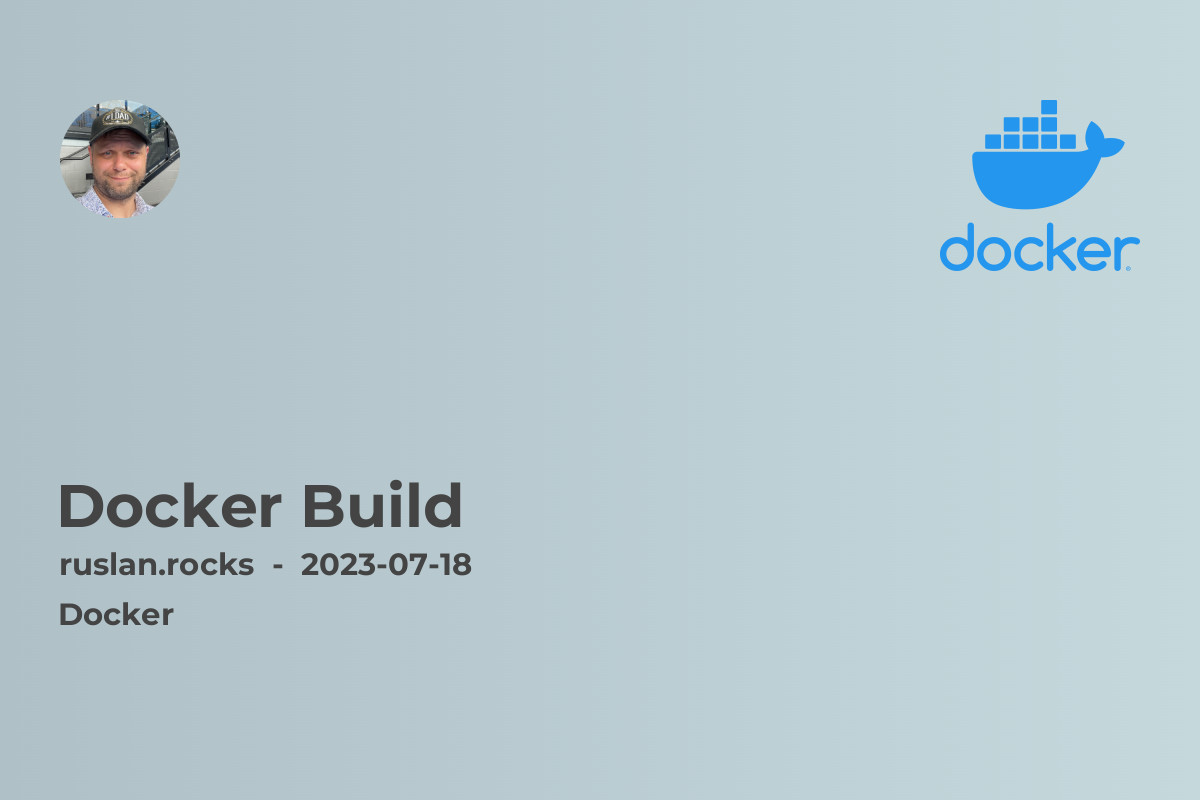
If you are a developer or a system administrator, there is a good chance that you have come across the term "Docker Build". But what is Docker Build and how does it work? In this article, we will explore the concept of Docker Build and how it can simplify the deployment of containerized applications.
What is Docker Build?
Docker Build is a command-line tool provided by Docker that allows you to build Docker images from a Dockerfile. A Dockerfile is a text file that contains a series of instructions on how to create a Docker image. These instructions include things like installing dependencies, copying files, and running commands. Docker Build reads the Dockerfile and executes the instructions to create an image.
Why is Docker Build important?
Docker Build is important because it allows you to automate the process of creating Docker images. With Docker Build, you can define the exact steps required to build your image, ensuring that it is consistent and reproducible. This is particularly useful in scenarios where you need to deploy your application across different environments, such as development, staging, and production. Docker Build eliminates the need for manual intervention and reduces the chances of human error.
How does Docker Build work?
To use Docker Build, you need to have Docker installed on your machine. Once Docker is installed, you can create a Dockerfile and use the Docker Build command to build your image. Docker Build works by executing the instructions in your Dockerfile in the order they are specified.
Here is an example Dockerfile that builds a simple web application:
# Use the official Python image as the base image
FROM python:3.9
# Set the working directory in the container
WORKDIR /app
# Copy the requirements.txt file to the working directory
COPY requirements.txt .
# Install the dependencies
RUN pip install --no-cache-dir -r requirements.txt
# Copy the rest of the files to the working directory
COPY . .
# Expose port 80 for the web application
EXPOSE 80
# Run the web application
CMD ["python", "app.py"]
In this Dockerfile, we start with the official Python image as the base image. We set the working directory to /app, copy the requirements.txt file to the working directory, install the dependencies, copy the rest of the files to the working directory, expose port 80 for the web application, and finally, run the web application.
Once you have your Dockerfile ready, you can use the following command to build the image:
docker build -t my-image .
The -t flag is used to tag the image with a name (my-image in this case). The . at the end specifies the build context, which is usually the current directory.
Best Practices for Docker Build
When using Docker Build, it is important to follow some best practices to ensure that your Docker images are well-built and optimized. Here are some tips to keep in mind:
-
Use a minimal base image: Using a minimal base image helps reduce the size of your resulting Docker image. Consider using Alpine Linux or a similar lightweight base image whenever possible.
-
Leverage caching: Docker Build has a caching mechanism that can significantly speed up the build process. By structuring your Dockerfile in a way that allows for effective caching, you can avoid re-running expensive build steps if the underlying dependencies haven't changed.
-
Use multi-stage builds: Multi-stage builds allow you to create a temporary build environment for building your application and then copy only the necessary artifacts into the final image. This can help reduce the size of your resulting image.
-
Remove unnecessary files: Before finalizing your Docker image, make sure to remove any temporary build files or unnecessary dependencies. This will help keep your image size small and minimize the attack surface.
-
Test your images: Always test your Docker images before deploying them to production. Use tools like Docker Compose or Kubernetes to spin up containers based on your images and run integration tests to ensure everything is working as expected.
Related Articles
- What Is Docker: Learn more about Docker and its core concepts.
- Introduction To Containerization: Understand the benefits and fundamentals of containerization.
- Is Docker Hard To Learn: Discover if Docker is difficult to learn and how to get started.
- Docker Vs Virtual Machine: Compare Docker containers with virtual machines and choose the right tool for your needs.
-
Docker Run Command: Explore the different options and variations of the
docker runcommand.
In conclusion, Docker Build is a powerful tool that simplifies the process of building Docker images. By following best practices and leveraging Docker's features, you can create efficient and reliable images for your containerized applications. Take the time to understand Docker Build, experiment with different Dockerfile configurations, and optimize your images for the best performance and security. Happy building!
For more articles on Docker and containerization, check out our Docker category.

